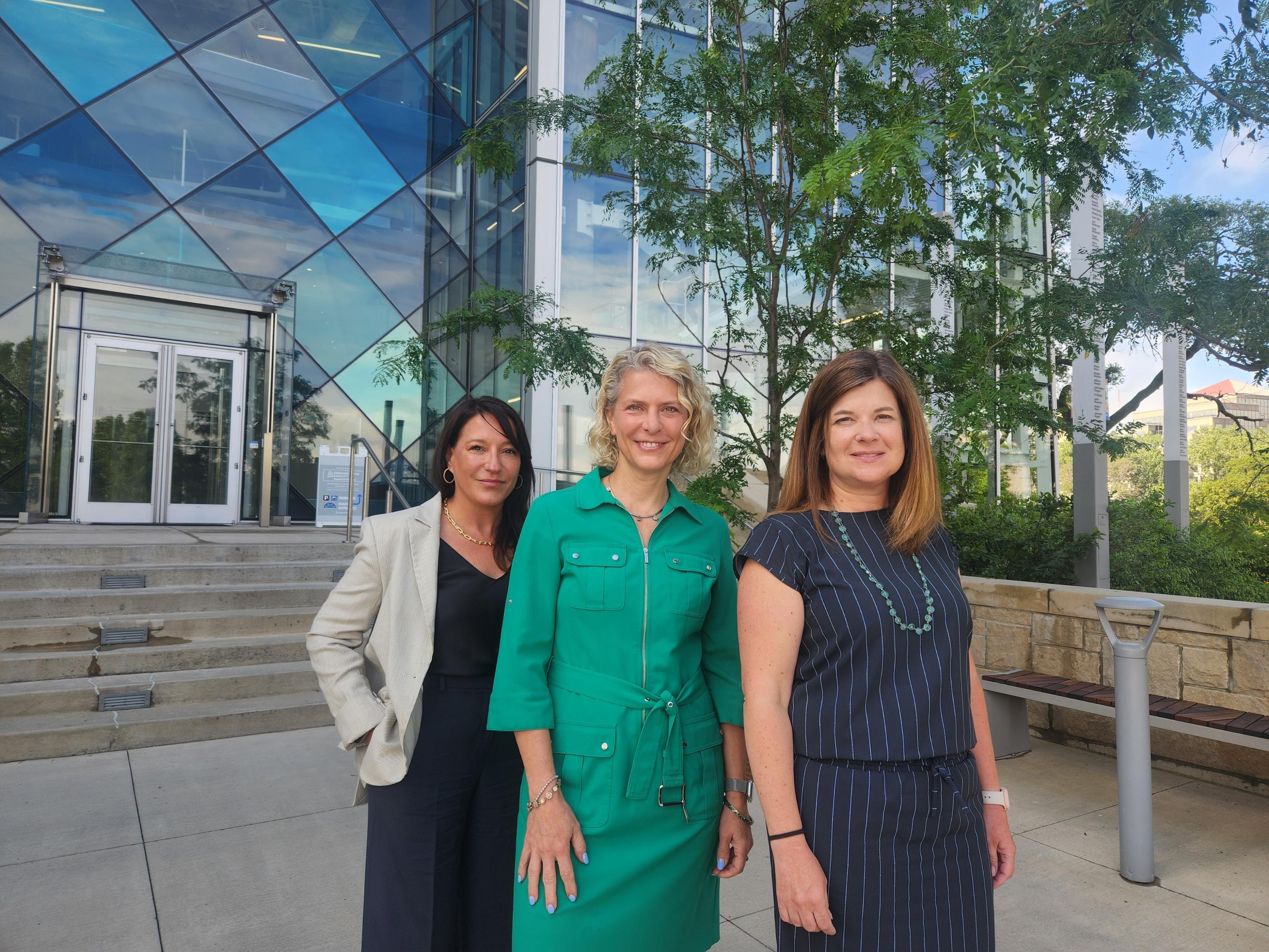The Children’s Mercy Clinical Genetics and Genomics Lab (CGGL) — the first genome center embedded in a pediatric hospital — has an important anniversary this year: 10 years ago, the lab was the first in the U.S. to offer clinical whole genome sequencing to patients.
“This milestone is unique to Children’s Mercy because no other place can say they’ve been sequencing clinical genomes for a decade,” said CGGL Division Director Carol Saunders, PhD, FACMG.

The CGGL sequenced their first research genome in 2012 and began building a genome library of patients who had undiagnosed rare diseases. By 2015, the lab was ready to go from the research bench to the patient’s bedside for testing. They started to offer clinical whole genome sequencing — a test physicians could order for their patients like other diagnostic tools. The leap was unusual because other institutions started with clinical exome sequencing, which only looks at the protein-coding portion of the genome (around 2%).
“We had the equipment and the support from the hospital to be able to run whole genome sequencing,” said Emily Farrow, PhD, CGC, FACMG, Assistant Clinical Director, Clinical Genetics. “That’s been a continued differentiating factor for us.”
More answers for more families
When the CGGL began clinical whole genome sequencing in 2015, a sequencing run took 6 days and produced 1 terabyte of data. The lab was able to complete 100 to 200 runs a year. Today, a run takes 48 hours and produces more than 32 terabytes of data. The CGGL is on track to surpass 2,000 clinical orders in 2025 and expects to become even faster as technology improves.
Behind those numbers are the very real stories of patients and families who are looking for answers. Whole genome sequencing opens up new paths to unexpected diagnoses.
“We’re seeing what we call phenotypic expansion,” said Dr. Saunders. “You’re not only detecting the people who checked all the boxes [for a particular disease], but you’re seeing all the unusual cases. [We’re] expanding the understanding of disorders.”
The lab’s close relationships with other departments also aid the diagnosis and discovery process.
“We have full access to the patient’s medical record, we know the providers, and a lot of times we have access to pictures and other laboratory results — that helps with our interpretation,” said Dr. Saunders.
Isabelle Thiffault, MSc, PhD, FACMGG, Director of Translational Genetics, said that this spirit of collaboration is also essential for identifying new gene associations: “For our physicians and families, it’s definitely an advantage we can be proactive with novel gene discovery.”
Early and significant philanthropic support from the Claire Gianni Fund; the William T. Kemper Foundation — Commerce Bank, Trustee; and many others helped launch the hospital’s capacity for whole genome sequencing. The CGGL’s early research sequencing efforts became the foundation for Genomic Answers for Kids (GA4K), which has delivered more than 2,000 rare diagnoses to date. Since its inception, a transformative $20 million in donations has enabled GA4K to accelerate enrollment, next-gen sequencing and diagnosis at an unprecedented pace.
Today, all patients at Children’s Mercy have the ability to enroll in genomic research. As new variants are uncovered, researchers can compare patients with similar results. Since its beginning, the CGGL has been part of hundreds of international collaborations and publications that further the field of genomics — and offer hope for kids everywhere.
Learn more about whole genome sequencing at Children’s Mercy.
